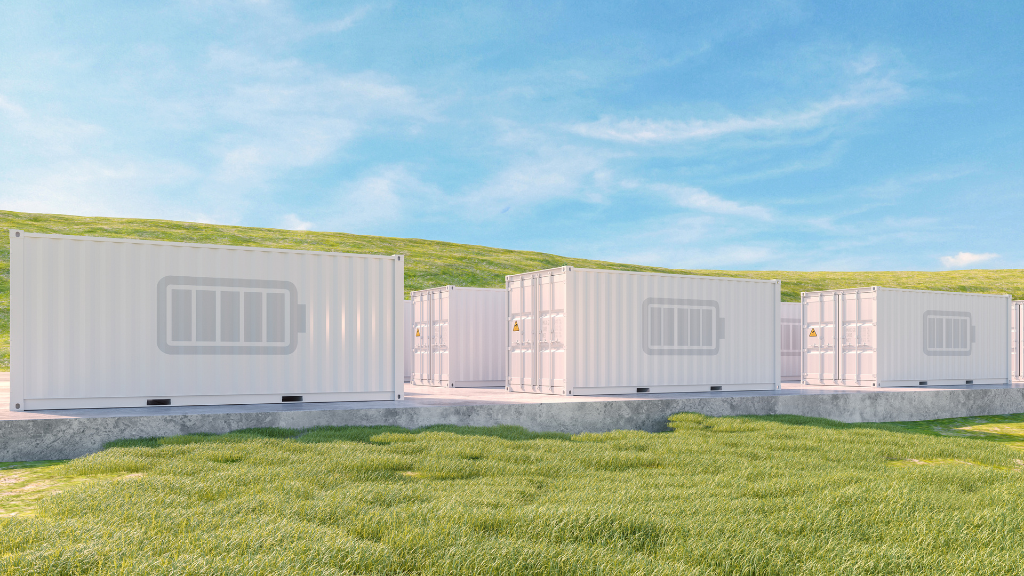Why Energy Storage Is Important For the Future of Renewable Energy in Singapore

Singapore Green Plan 2030 targets net zero emissions by year 2050. According to Energy Authority Market (EMA), natural gas accounts for 95% of electricity generated in Singapore.
It is expected that 23% of Singapore’s power generation capacity will reach its limit and will be due for replacement in the next five years.
Concerns also loom about how future gas plants entering the power ecosystem could potentially impact the Singapore Green Plan 2030.
Is Renewable Energy Singapore’s Best Alternative?
In general, energy generated from natural resources are known as renewable energy and is replenishable. Examples of renewable energy include solar, wind, geothermal and hydro. These options are usually the best route for countries looking to find alternative means to power homes, businesses and facilities.
Singapore has limited renewable energy resources, with no hydro resources, low wind speeds and tidal range, and no geothermal energy, solar energy remains as the most viable source of renewable energy. Located about 137 kilometres north of the Equator, the city-state gets an average annual solar irradiance of 1,580 kWh/m2/year.
Although this continues to be a reliable natural resource, climate change and limited available land for solar panel deployment on larger scales has made it challenging for Singapore to harness the full benefits of solar energy.
How Energy Storage Systems Help?
Advanced technology such as an Energy Storage System (ESS) has made it possible to store energy for later use — especially useful for storing solar energy. ESS addresses issues related to solar intermittency and enhances grid resilience. This is done by actively managing mismatches between energy supply and the demand for it. With the Singapore Green Plan 2030 well underway, the advantages enabled by ESS are vital to maximising Singapore’s resource of solar energy.
Liquefied Natural Gas As A Solution
As the Government navigates facilitating the deployment of renewable energy in Singapore, business can consider switching to GasHub’s Liquefied Natural Gas to power your daily operations. LNG when used with the right technology can help businesses reduce operation cost and reduce CO2 emission.
Natural gas when cooled to -162℃ shrinks by 600 times and will not ignite below 540℃. LNG emits almost no environmentally damaging sulphur dioxide, it emits 30% lesser carbon dioxide as compared to fuel oil and 45% lesser carbon dioxide than coal. Furthermore, it also has a proven twofold reduction in nitrogen oxide emissions. As LNG vaporises if spilled, it leaves no ground or water residue — making it harmless to aquatic life and waterways.
Sustainability is GasHub’s utmost priority. We specialise in LNG-centric gas distribution and solutions and is the leading LNG player in Singapore. Our solution enables a path toward cleaner environment and helps businesses reduce carbon emissions while increasing profit. To learn more about how GasHub can help your business, talk to us today!

